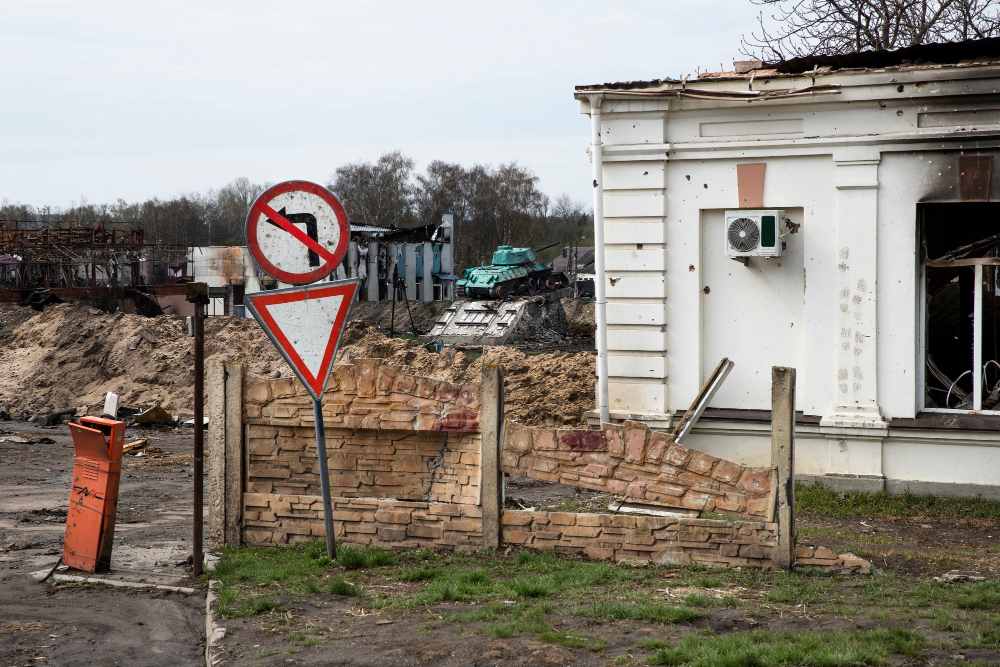
- Ceiling Textures and Artex Finishes
Decorative ceiling coatings used before the late 1990s often contained asbestos to add strength and texture. Even small areas of textured paint or Artex can pose a risk if sanded or drilled.
- Pipe Insulation
Asbestos was commonly used to insulate heating pipes and boilers. Over time, this insulation can deteriorate, releasing hazardous fibers into the air, especially in basements or boiler rooms.
- Floor Tiles and Adhesives
Vinyl floor tiles and the adhesives beneath them may contain asbestos. Removing or damaging these materials without testing can release harmful dust throughout a property.
- Roof Sheets and Gutters
Asbestos cement sheets were widely used in roofs, garages, and outbuildings. Even gutters, downpipes, and soffits might contain asbestos cement components that can degrade over time.
- Wall Panels and Partition Boards
Many partition walls, especially in commercial buildings, used asbestos boards for fireproofing. These panels often remain hidden behind plaster or paint, making them difficult to identify without testing.
- Electrical Components
Old fuse boxes, electrical switchboards, and backing boards often contained asbestos for heat resistance. Electricians should take extreme care when working on older installations.
- Boiler Rooms and Heating Ducts
Asbestos insulation and sealing compounds were often applied around boilers and ducting systems to retain heat. These materials are now considered high-risk and should only be handled by professionals.
- Window Putty and Sealants
Some window frames and glazing putty used asbestos for added durability. When replacing old windows, disturbing this material can release fine fibers into the air.
- Water Tanks and Pipes
Asbestos cement was once used to manufacture cold water tanks and drainage pipes. These can deteriorate with age, potentially releasing fibers into water systems or nearby spaces.
- Roofing Felt and Bitumen Products
Old roofing felt, adhesives, and bitumen-based products sometimes contained asbestos fibers. Roof repairs or replacements should always include a safety assessment before work begins.
Protecting Your Property and Health
Identifying asbestos is not always straightforward, as it can be hidden within building materials or sealed beneath paint layers. Professional asbestos inspection ensures safe identification, removal, and disposal. Attempting to handle asbestos without the right equipment or certification can cause serious contamination.
For reliable detection and peace of mind, professional asbestos testing London services are essential. CSMANLTD offers expert asbestos surveys, testing, and management solutions, helping property owners maintain safety, compliance, and confidence in their buildings.



